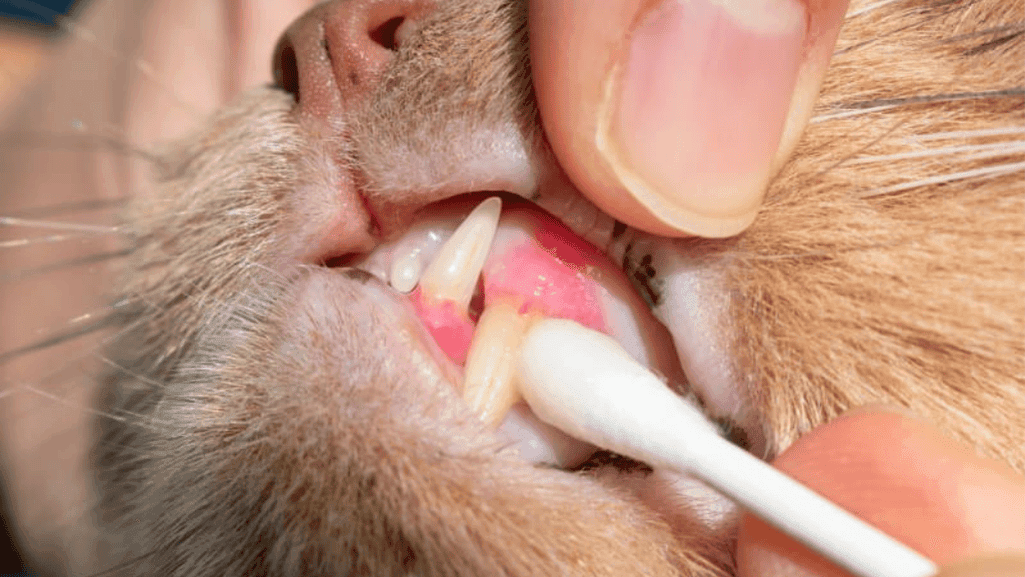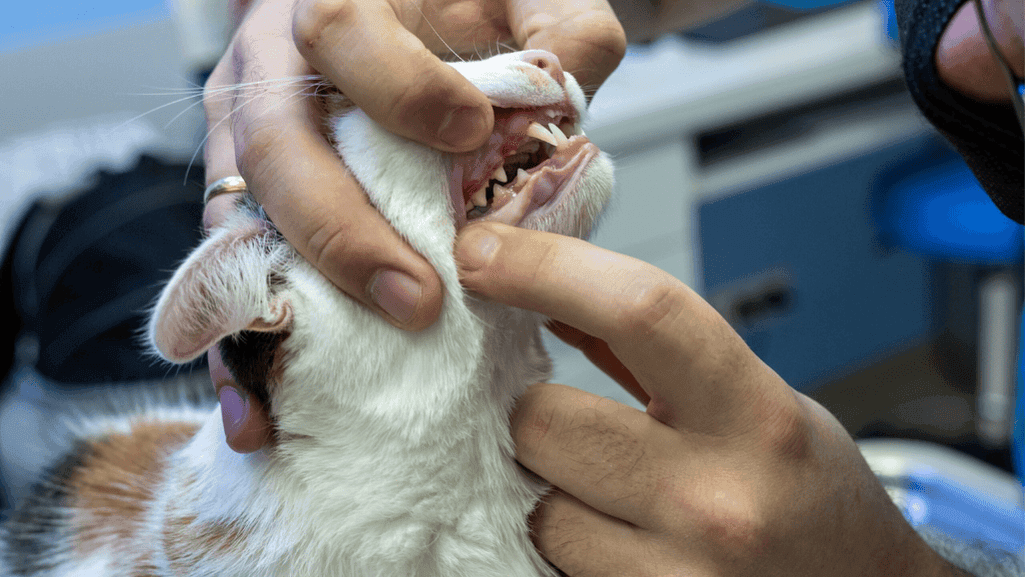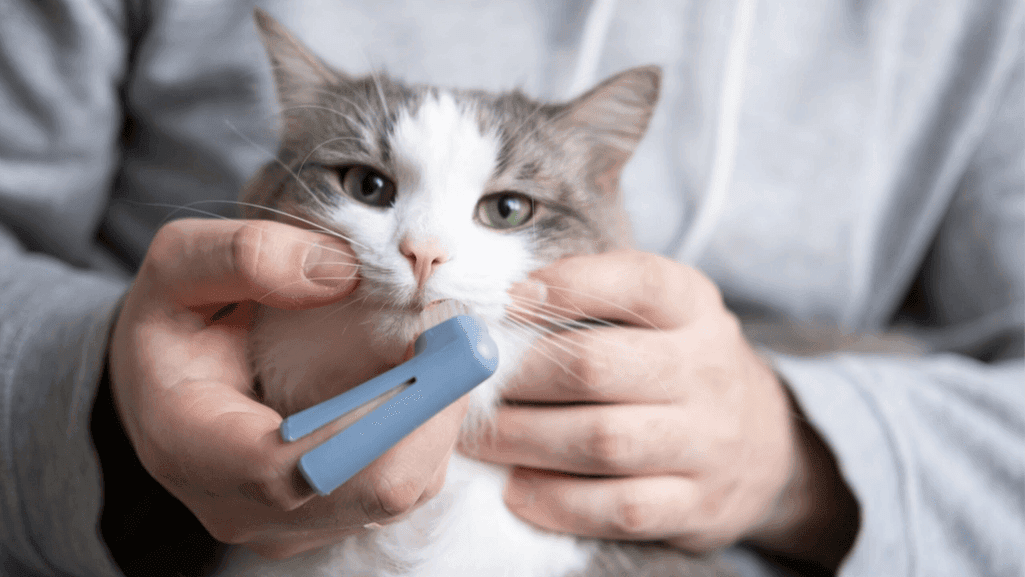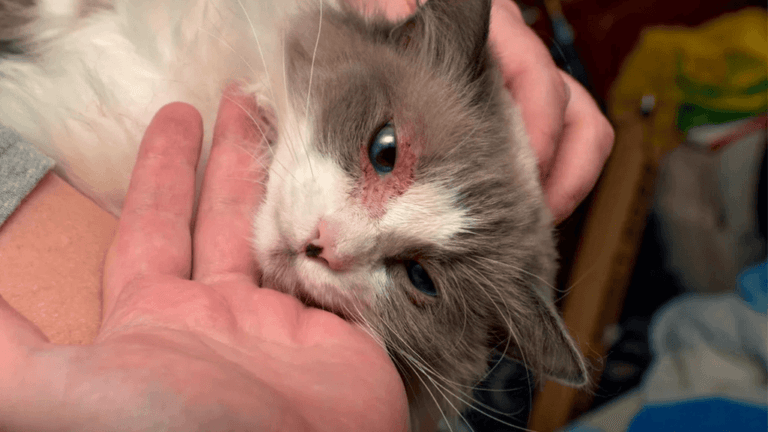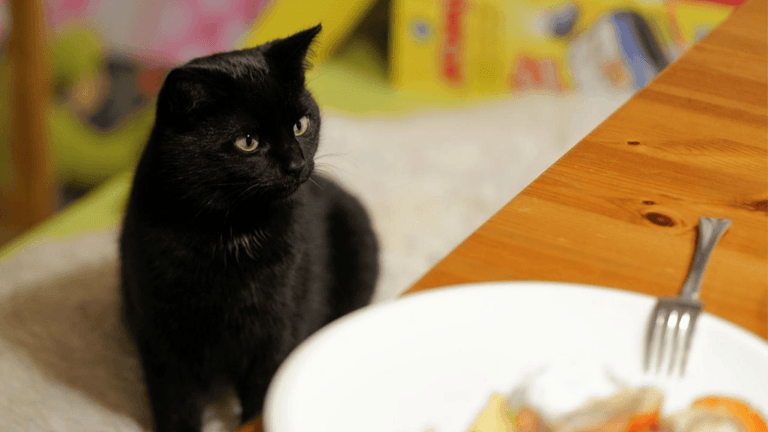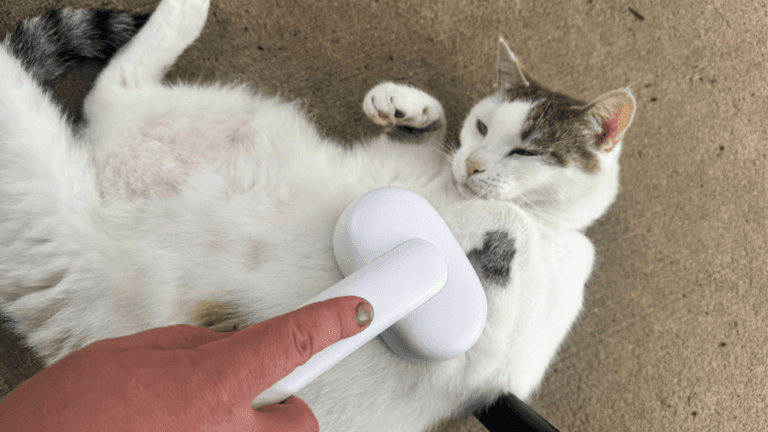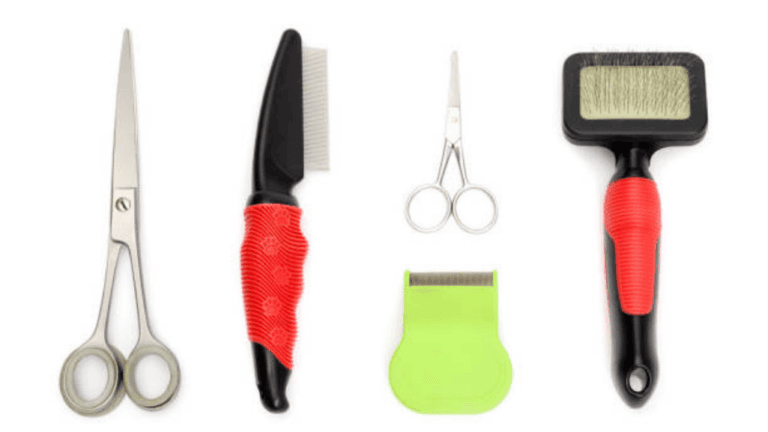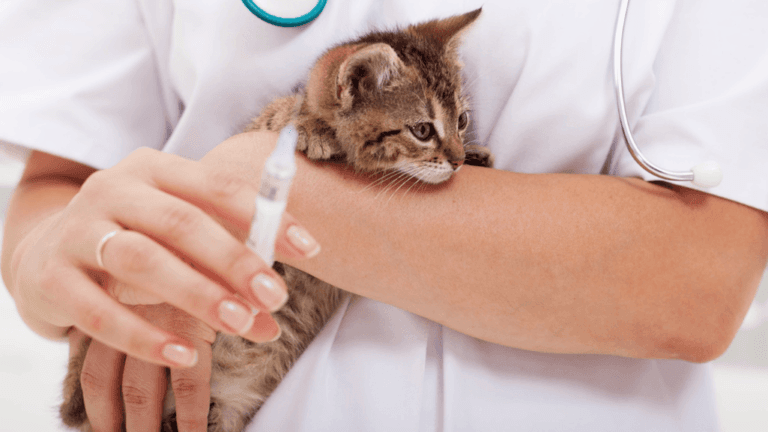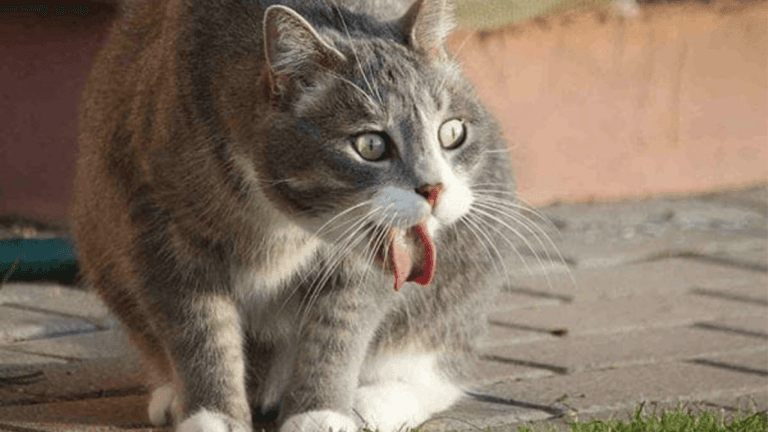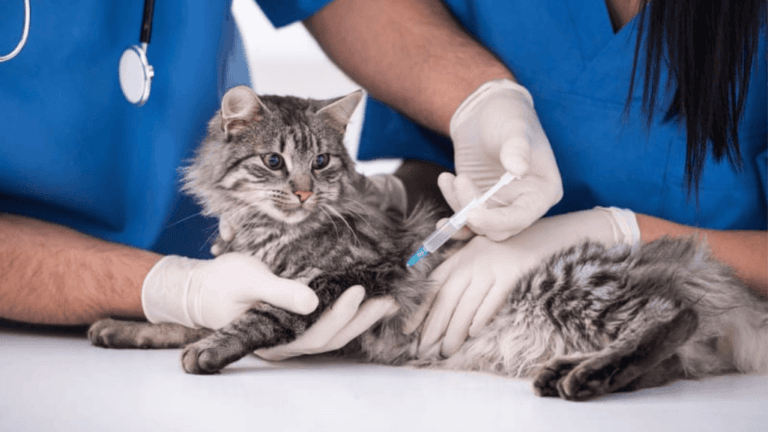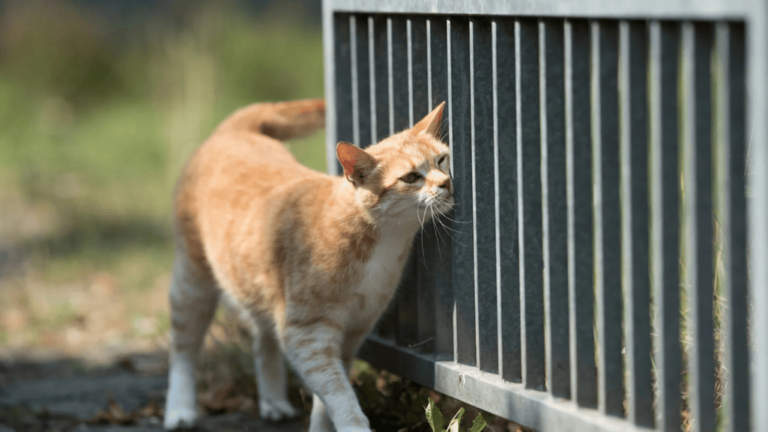As a pet parent, keeping your cat’s teeth clean is key. Brushing, dental treats, and vet visits can stop many dental problems. But sometimes, a tooth must be pulled. Persian cats, with their beautiful fur and calm nature, can also face dental issues. Knowing about cat dental surgery is important for your cat’s health.
Dental problems in cats can cause bigger health issues if not treated. Signs include less appetite, bad breath, trouble chewing, and swollen gums. If you see these, it’s time to see the vet. They might suggest pulling a tooth if it’s badly damaged or diseased.
Your vet will check your cat’s health before surgery. This includes blood tests and other exams. During the surgery, your cat will be under anesthesia. The vet will then remove the bad teeth and close the wound. After, your cat will need pain meds, soft food, and watchful care.
The cost of pulling a cat’s tooth can change based on how many teeth and where you live. But, pet insurance can help with the bill. For example, MetLife Pet Insurance covers dental procedures, including tooth extractions.
Key Takeaways
- Regular dental care, including brushing and professional cleanings, can prevent the need for tooth extractions in cats.
- Common signs of dental issues in cats include decreased appetite, bad breath, and difficulty chewing.
- Pre-operative bloodwork and diagnostic tests are necessary to ensure your cat’s safety during the extraction procedure.
- Recovery after tooth extraction involves pain management, soft food, and monitoring for complications.
- Pet insurance can help cover the costs associated with cat tooth extractions.
Understanding Dental Disease in Cats
Dental health is key for a cat’s overall health. Yet, many pet owners don’t pay enough attention to it. Studies show that 50% to 90% of cats over four years old have dental disease.
By age four, many cats have serious gingivitis and periodontal disease. This can cause pain, tooth loss, and even affect their overall health if not treated.
Regular dental check-ups and cleanings can prevent and catch dental disease early. But cats are good at hiding signs of dental problems. As a responsible pet owner, knowing common dental issues and their signs is vital.
Common Dental Issues in Felines
Some common dental problems in cats include:
- Tooth resorption: Affecting 30% to 70% of cats, it’s the main reason for tooth loss. A pinkish defect at the gum line is a sign of this condition.
- Periodontal disease: Over half of cats over three have it. Gingivitis, an early stage, can turn into periodontitis if not treated, weakening tooth attachments.
- Fractured or broken teeth: Cats may break teeth due to trauma or decay.
Signs and Symptoms of Dental Problems
While cats hide pain well, there are signs of dental issues, such as:
- Bad breath
- Decreased appetite or trouble eating
- Drooling or pawing at the mouth
- Swollen or bleeding gums
- Visible decay or damage to the teeth
- Blood in saliva or nasal discharge
Early prevention and treatment of dental problems in cats are essential for their overall health and wellbeing.
If you think your cat has dental issues, see your vet for a check-up. They might suggest oral surgery, like tooth removal, for severe cases. By focusing on your cat’s dental health, you can ensure they have a happy, healthy smile for life.
When Is Tooth Extraction Necessary?
As a responsible pet parent, knowing about dental issues in cats is key. Regular brushing and dental treats help keep their teeth healthy. But, sometimes, a vet may need to remove a tooth.
Vets use dental X-rays after tooth removal to check for any leftover roots. This is important for the cat’s recovery and surgery success. Studies show that 70% of cats do well after tooth removal surgery. About 20% have a moderate response, making 90% of cats recover well.
Tooth Resorption
Tooth resorption is a painful condition in cats that often requires tooth removal. It happens when teeth start to wear away or dissolve. Vets use X-rays and oral exams to find teeth that need to be removed.
Severe Periodontal Disease
Periodontal disease, or gum disease, is common in cats and can cause tooth decay. It leads to abscesses or infections. Removing the tooth is often necessary to keep your cat’s mouth healthy and prevent more problems.
Fractured or Damaged Teeth
Teeth that are broken or damaged may need to be removed to prevent pain and infection. Vets remove teeth for many reasons, including fractures, tumors, and misaligned teeth. This is also true for conditions like Chronic Ulcerative Paradental Stomatitis (CUPS).
Most pets feel much better after tooth removal and can eat normally again in a week or two.
Working with your vet or a dental specialist is important to decide if tooth removal is right for your cat. Quick action and proper care after surgery help keep your cat’s teeth healthy and happy.
Pre-Operative Preparation for Cat Tooth Extraction
Before a cat gets a tooth extraction, several steps are key. These steps ensure the cat’s safety and success. They include checking the cat’s health, doing tests, and choosing the right anesthesia. This careful preparation helps veterinarians reduce risks and improve results for their feline patients.
Bloodwork and Diagnostic Tests
The vet will check if the cat is ready for anesthesia before dental treatment. This includes blood tests to find any health issues. Older cats might get IV fluids to help their kidneys during the procedure.
Antibiotics might be given if the cat has a dental abscess or gingivitis. This helps reduce inflammation and infection before the extraction.
Recent studies show that bloodwork and tests are vital. They help find any complications and keep the cat safe during the extraction. By knowing each cat’s health, vets can adjust the anesthesia and take the right precautions.
Anesthesia Considerations
Anesthesia is key for cat dental treatments. It keeps the cat comfortable and pain-free during procedures. The vet will choose the anesthesia based on the cat’s age, weight, and health.
Cats will receive doses of Gabapentin for pre-anesthetic medication, which can be given as a liquid squirted into the mouth or as a powder mixed with food. Most clients notice a calmer, quieter demeanor in pets given Gabapentin pre-surgery.
An endotracheal tube is used to give anesthetic agents and protect the airway. Monitoring vital signs is critical to keep the cat safe and adjust the anesthesia as needed. This careful approach ensures a safe environment for tooth extractions and other oral surgeries.
Preparing a cat for tooth extraction involves a detailed plan. It includes medical checks, diagnostic tests, and the right anesthesia. By doing this, veterinarians can lower risks and ensure the best results for their feline patients.
The Cat Tooth Extraction Procedure
When a cat needs a tooth pulled, it’s a serious surgery. It’s done when dental disease is advanced. The goal is to keep your cat healthy and pain-free.
Dental Radiographs
First, the vet takes dental x-rays to see how bad the tooth damage is. These x-rays help the vet understand the tooth’s roots and the bone around it. This info is key for planning the tooth removal.
Surgical Techniques for Tooth Removal
The way a cat’s tooth is removed depends on the tooth and its condition. Sometimes, the vet must open the gum to get to the tooth’s roots. For teeth with many roots, each root might be removed separately.
Did you know cats can have up to three roots per tooth? This makes some teeth very complex. Vets use X-rays or CT scans to check the roots and surrounding areas during surgery.
Suturing and Wound Closure
After loosening the tooth, the vet uses special tools to remove it. Then, the gum is stitched to help it heal and prevent infection. This is important for your cat’s health and to avoid problems.
Fun fact: A single cat tooth removal can take anywhere from 40 to 60 minutes, depending on the complexity of the case.
After the surgery, your cat will likely recover quickly and might go home the same day. But, it’s important to follow the vet’s care instructions to help your cat heal well and avoid any issues.
Post-Operative Care and Recovery
After your cat has a tooth pulled, it’s important to take good care of them. This helps them heal well and avoid problems. Knowing how to manage pain, feed them right, and watch their healing is key for a good recovery.
Pain Management and Medication
Your vet will give your cat pain meds and antibiotics after the surgery. This is to keep them comfortable and prevent infection. It’s important to give them the meds as told to keep them happy and healthy.
Cats might not show pain well, so watch for signs like meowing, drooling, or not wanting to eat. They might also hide or seem tired.
Feeding and Nutrition Guidelines
For about two weeks, your cat needs soft food. Don’t give them hard treats or toys that could hurt their mouth. If they don’t want to eat for more than a day, talk to your vet.
Long-term, dental diets can help keep their mouth healthy. They can prevent mouth diseases and gum problems.
Monitoring for Complications
Complications from tooth extraction are rare, but watch for them. Look out for:
- Too much bleeding, swelling, or discharge
- A bad smell from their mouth
- Not eating or drinking
- Being very tired or hiding
- Pawing at their mouth or rubbing it on the ground
If you see any of these, call your vet right away. Showing love and care can help them feel better. A follow-up visit 7-14 days later is usually needed to check on their healing.
Recovery after cat tooth extraction surgery typically involves a recheck appointment 7 – 14 days post-surgery to assess healing.
By following your vet’s advice and watching closely, you can help your cat get better from a tooth extraction. This can also prevent future dental problems like gingivitis and gum disease.
Preventing Future Dental Issues in Cats
After your cat has had a tooth pulled, it’s important to act fast to stop future dental problems. Start a regular preventive dental care routine for your cat. This will help keep their mouth healthy and lower the chance of periodontal disease.
Studies show that 50-90% of cats over 4 years old have dental disease. Plaque turning into tartar is a big problem. If not treated, it can cause tooth loss and serious health issues.
To keep your cat’s teeth and gums in good shape, try these preventative dental care steps:
- Brush your cat’s teeth regularly with pet-safe toothpaste
- Give dental chews or toys to help remove plaque and tartar
- Use tooth gel, oral rinses, or plaque prevention gels as your vet suggests
- Feed your cat a balanced diet and avoid table scraps
- Make sure to schedule dental cleanings and exams with your vet, including x-rays
Daily tooth brushing is considered the gold standard for preventing dental problems in pets.
By adding these feline dental care habits to your cat’s daily life, you can greatly lower their risk of dental problems. Remember, stopping problems before they start is the best way to keep your cat’s teeth and overall health in top shape.
Costs Associated with Cat Tooth Extractions
When it comes to cat tooth extraction costs, pet parents should be prepared for a range of expenses. The average cost per tooth can vary from $60 to over $140, with additional charges for aftercare. The total cost of dental treatment, including check-ups, anesthesia for cat dental procedures, x-rays, pain relief, and antibiotics, can range from $500 to $1,150.
Complicated or extensive dentistry procedures will naturally cost more, and veterinarians typically provide estimates. Common reasons for cat tooth extraction include periodontal disease in cats, crowding, and fractures. Short-faced breeds like Persians are more prone to dental crowding issues, while feline odontoclastic resorptive lesions can lead to tooth fractures requiring extraction.
Factors Influencing the Cost of the Procedure
The cost of cat tooth removal can range from $200 to $700, depending on various factors. These include the cat’s dental health, the number of teeth to be removed, and the specific tooth being extracted. Professional dental extractions for cats typically cost over $450 on the West Coast, between $200 to $750 in the Midwest, and around $700 on the East Coast of the USA.
Additional costs associated with cat tooth extractions may include:
- Pre-op bloodwork
- Anesthesia
- IV access and fluids
- Medications
- Dental X-rays
These additional expenses can add $100 or more to the total cost of the procedure. It is essential to verify the diagnosis with a veterinarian before proceeding with budgeting for a cat tooth extraction.
Pet Insurance Coverage for Dental Procedures
Pet insurance generally covers tooth extractions for cats, with exceptions for pre-existing dental conditions. At-home dental care for cats, as recommended by a veterinarian, can include teeth brushing, dental chews, toys, dry cat food, and prescription dental diets. Regular dental check-ups and professional cleanings may be needed once cats reach a certain age to maintain their dental health and prevent the need for costly veterinary stomatology procedures.
Early intervention for tooth fractures is critical to prevent further complications and improve the pet’s quality of life.
By understanding the costs associated with cat tooth extractions and taking preventive measures, pet parents can ensure their feline companions receive the necessary dental care while managing expenses effectively.
Conclusion
Keeping your cat’s oral health in top shape is key to their happiness and health. Dental problems like tooth resorption or severe gum disease might need a tooth extraction. It’s important to watch for signs like trouble eating, too much drooling, or bad breath and see a vet right away.
Veterinary dentistry has improved a lot, with new tools and methods for cat dental care. Before the surgery, your cat will need blood tests and other checks to make sure they’re safe. During the surgery, the vet will use special X-rays and careful techniques to make sure your cat heals well.
After the surgery, your cat needs careful care to heal fast. This includes managing pain, feeding them right, and watching for any problems. Following your vet’s advice and making your cat’s recovery space calm and stress-free is very important.
To keep your cat’s teeth healthy, regular dental checks and a good oral care routine at home are essential. Brushing their teeth, giving dental chews, and feeding a diet that’s good for their teeth can help. By taking good care of your cat’s teeth, you can help them live a long, happy life with a healthy smile.

